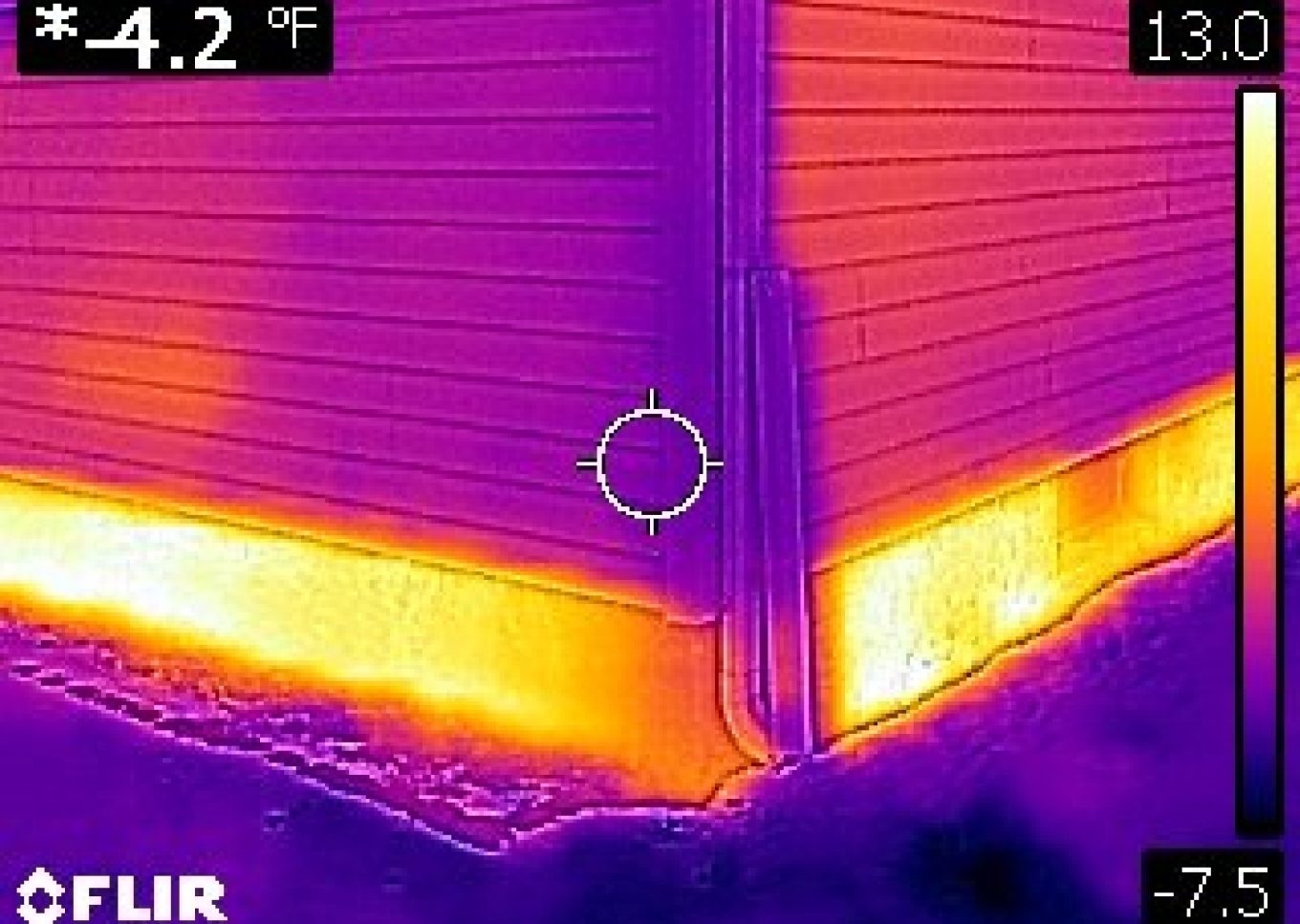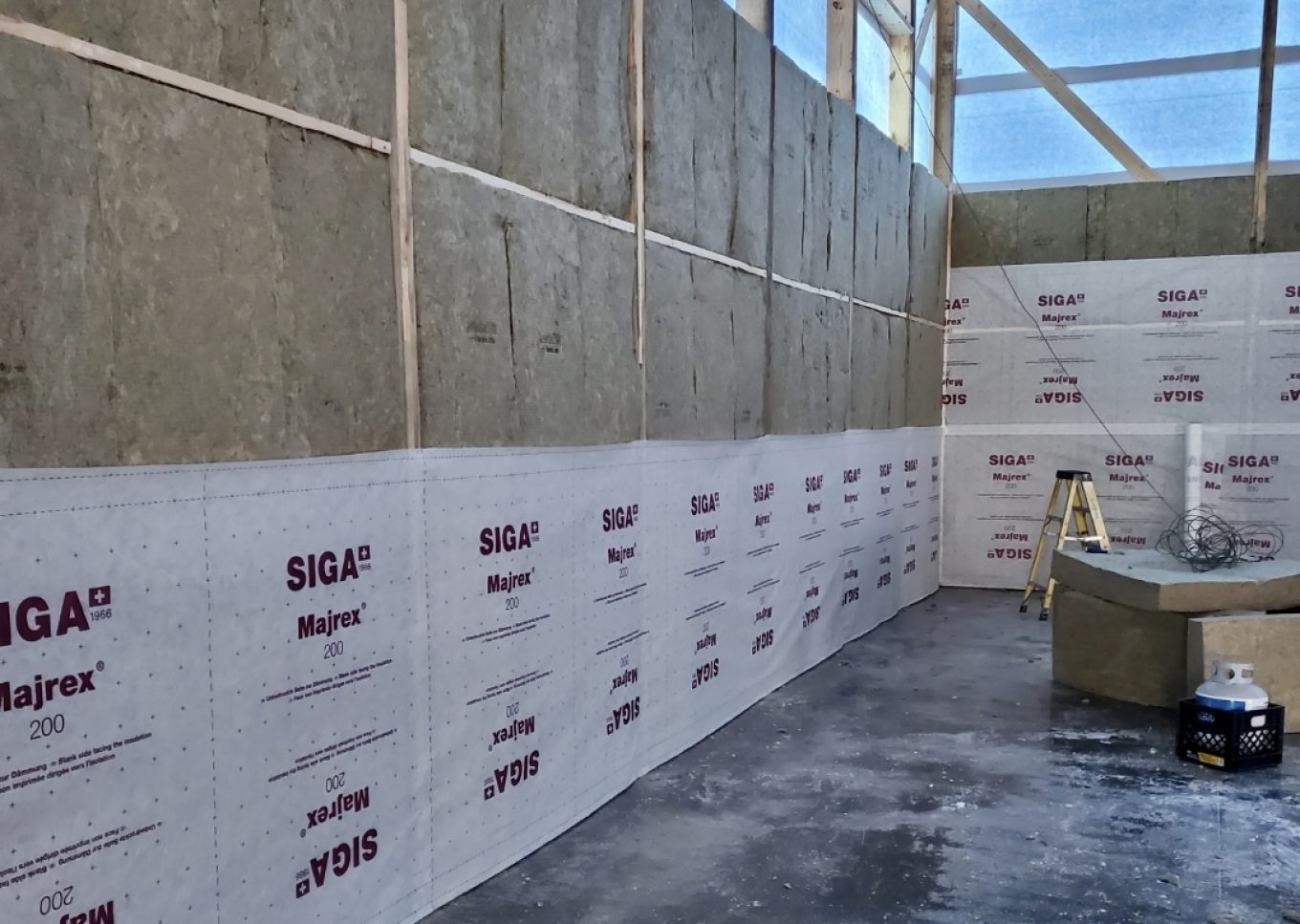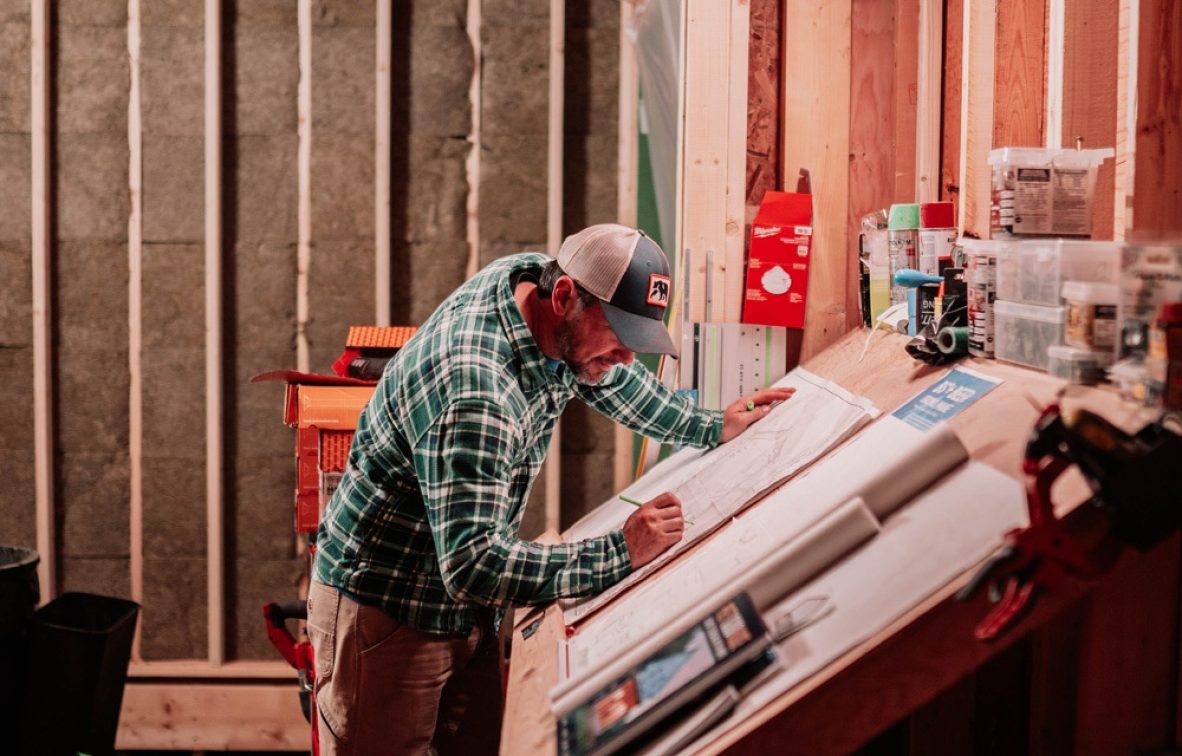I often write about different insulations, how they perform, and where they should and shouldn’t be used. But for the purposes of this post, I’ll go back to the basics and talk about R-value specifically, along with how it is calculated and how much is needed.
R-value is how we quantify the thermal resistance of insulation as it works to slow the movement of heat through a building.
R-value is how we quantify the thermal resistance of insulation as it works to slow the movement of heat through a building. The physics of heat movement tells us heat moves from something or someplace warm to something or someplace cold.
A good example of this is standing in front of a large picture window on a cold day. Being from the very cold climate of Grand Rapids, Minnesota, I’ve experienced this many times. Standing in front of that window can give you a chill as the heat of your body leaves it and moves toward the cold surface of the window. This loss of heat is what makes you feel cold. If you were to wear a heavy jacket, hat and mittens while standing in front of that same window, you wouldn’t feel nearly as cold. In this scenario, you’ve slowed the heat moving from your body to the cold glass. Notice how I said, slowed the heat movement: You didn’t stop it completely, but you slowed it down enough so that you no longer feel cold. The additional clothing has some quantity of R-value, it resists or slows the movement of heat.

Insulation in our homes serves the same purpose. In a hot climate, the heat outside wants to move toward the cooler, indoor portion of the home (if the house is air conditioned and cooler than the outside temperatures). In a cold climate, heat wants to leave the inside of the house and move toward the colder outside. We slow this process with insulation. More is better, but sometimes what is even more important is the location of the insulation.
MEASURING R-VALUE
R-values are denoted by a numeric value. The higher the number, the slower the heat moves through the insulation. As an example, let’s look at ROCKWOOL Comfortbatt.® This product, which is designed as cavity insulation, has an R-value of approximately 4 per inch. How is that value measured? There is a quantifying test procedure called the ASTM-c518, Standard Test Method for Steady-State Thermal Transmission Properties by Means of the Heat Flow Meter Apparatus. The test is conducted using a device called a heat flow meter. A sample of insulation is placed between two plates. One plate is cold, and the other is hot. The equipment measures the heat flow from the hot plate, through the insulation, to the cold plate. The measured resistance is the insulation’s R-value.
Because insulation comes in various thicknesses, the full R-value that is typically listed on the product represents the entire batt. For example, a batt of Comfortbatt insulation that is 5.5" thick, designed for a 2x6 wall cavity, is listed as R-23.

HOW MUCH R-VALUE DO YOU NEED?
The answer to that question depends on several factors, with where you live representing the biggest variable. Building codes require minimum insulation values that depend on your climate zone. Also, what are your expectations for comfort and operational costs (the cost to heat and/or cool the home)? Insulation can improve durability, helping the home last for centuries instead of decades. Additionally, there are insulation requirements for achieving certification for some programs such as ENERGY STAR, zero-energy ready and passive house. Sometimes using more insulation than required by code will be necessary to meet a homeowner’s expectations. All these are topics outside the scope of this blog post but will be discussed in the future. The answer of how much is enough is one that you will hear often from me — it just depends.
All insulation needs some sort of quantitative value, so we know how much to use for specific circumstances. We will be covering much more information on those topics in future blog posts.
Randy Williams is an energy auditor from Minnesota, and R‑Class Roundtable co-host. Each month, he will contribute to our Better Building Blog by writing about building science basics, and relevant topics through his years of experience both building and conducting energy audits. Opinions of builders featured through the R‑Class Builder Program are their own.
